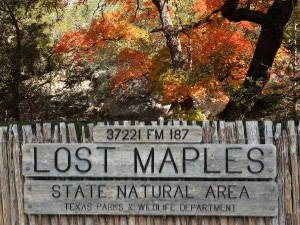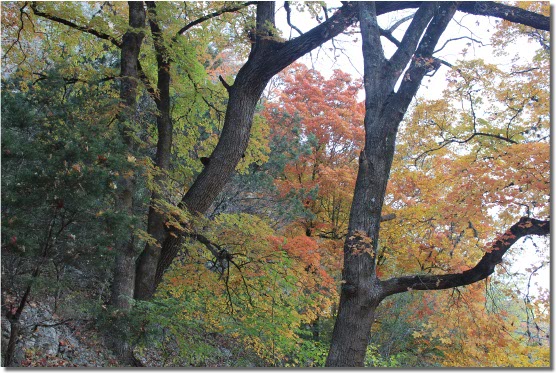Lost Maples State Park
November, 2012
Lost Maples State Park, more commonly known as Lost Maples State Natural Area, is a unique part of Texas, most notably because of the native Bigtooth Maples growing in the region. Lost Maples State Park is about 3 hours from Austin and less than two hours from San Antonio, Texas.
The best time of year to see the beautiful maple leaves change color is in the fall (November-ish), although the rolling limestone hills and the clear creeks that flow through Lost Maples are magnificent year-round.
If you plan to camp at Lost Maples State Park on a weekend in November, we recommend you make your reservations long in advance. Fridays and Saturdays in November fill up quickly. We made our reservations months before, in February, and could only find weekday night availability, and soon, the weekday nights were gone as well.
The Maple Trail
We arrived at Lost Maples on Sunday afternoon after spending a night in Fredericksburg, Texas. The weather was remarkable - about 72 degrees and sunny. By the time we set up camp, it was late in the day, so we hiked the short .9-mile Maple Trail and saw some incredible fall colors. If you only have time to do one small hike, the mile-long Maple Trail is the way to go.

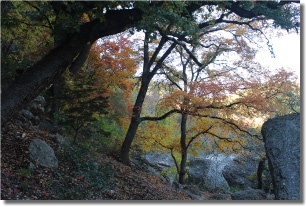
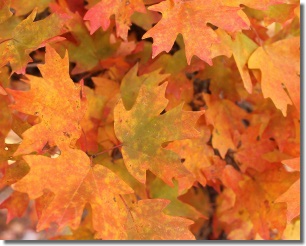
The maple leaf color is the most brilliant on sunny days, but even in the shadow of the afternoon sun, the maple leaves are on fire with beauty.
We hiked the East Trail in late December of the previous year and decided to hike the West Trail this season. Both trails are about 5 miles long and rocky and steep in many places. But that did not bother us. Our hiking policy is to go slow and easy, enjoy the beauty of nature, and let the mountain bikers and power hikers fly by.
The West Trail
We began our hike around 10:00 a.m. The sun was high in the sky, and the temperature was in the low 70s. We launched our hike on a one-mile section of the trail where the East Trail and the West Trail overlap.




We headed up the trail towards campground "C," located along a small pond. Lost Maples State Park had approximately thirty water-and-electric campsites near the park headquarters and 8 "primitive" campsites scattered along the 12+ miles of trails. The only access to the primitive sites was by foot.
The West Trail loop included a section of trail called Mystic Canyon. It was well-named. We stopped along a picturesque section of the trail next to a trickling creek and had a picnic lunch. There was an offshoot of the West Trail called the West Loop Trail. If you choose to include that trail in your trek, it will add two and a half miles to your hike.

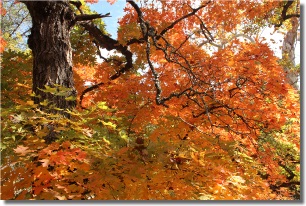

The West Trail meandered through the middle of a rocky shallow creek. There didn't appear to be an alternate route that you could take if the creek flooded. I assumed that after a good rain, the Texas State Park Service might close the trail. But they more than likely left that decision up to the experience and common sense of hikers. It appeared that most of the time, the creeks were dry anyway.
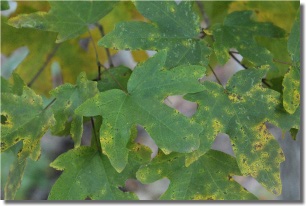



While hiking the trails, we noticed four maple leaf colors; it was evident the maple leaves didn't all change color simultaneously, thus extending the fall color beauty of the park across multiple weekends. We have visited Lost Maples State Park on different days during many fall seasons and have never been disappointed by the beauty of the Bigtooth Maples.
After a great day of hiking, it felt good to relax by our campfire and reminisce about what we discovered. We were lucky to have had great weather while visiting the park. The following weekend, the temperatures dropped to the low 30s with rain and sleet.
For more information, please visit the Lost Maples State Natural Area website.
What Next?
Leave Lost Maples State Park and visit the RVweekends homepage.



